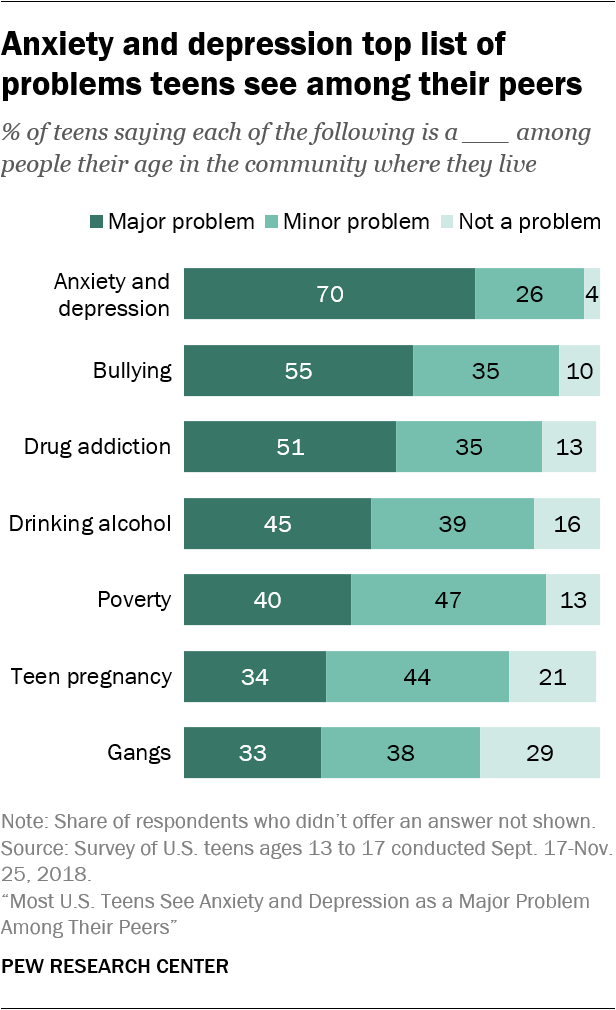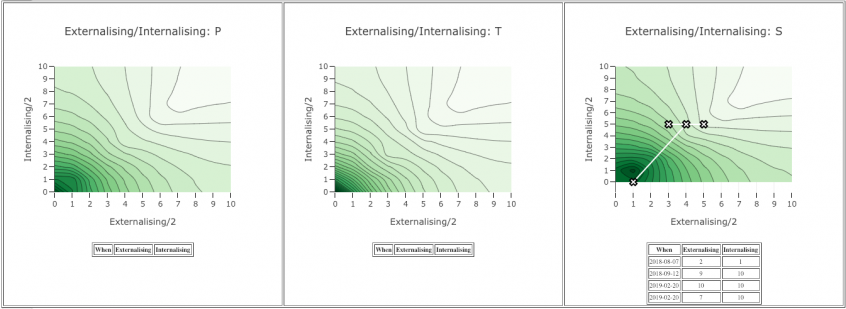According to a Pew Research Center survey of U.S. teens ages 13 to 17, anxiety and depression are on the rise among America’s youth. Whether they personally suffer from these conditions, seven-in-ten teens today see them as major problems among their peers. Concern about mental health cuts across gender, racial and socio-economic lines, with roughly equal shares of teens across … Read More
School Assessment of Mental Health
At least one quarter of the world’s population is under 18. Government sponsored surveys in the developed world indicate that up to 14% of all people under 18 have a serious mental disorder that may afflict them all their life. Mental illness not just a personal problem. It affects families, schools, communities, education and nations. The economic losses arising from … Read More
Externalising/Internalising plots for the SDQ
The SDQ has five “negative” subscales (impact, emotional, conduct, peer and hyper) which with a “positive” prosocial subscale, provide insights in the assessment and therapy of children with mental health disorders. Goodman et al (Goodman, A., Lamping, D.L. & Ploubidis, G.B. J Abnorm Child Psychol (2010) 38: 1179. https://doi.org/10.1007/s10802-010-9434-x) suggest, however, that for children registering low in the negative subscales (i.e., … Read More
Recent DAWBA Developments
News about recent DAWBA developments As described below, the DAWBA’s age range has been expanded both upwards and downwards; the assessment has been broadened; the information collected now covers DSM-5 as well as DSM-IV and ICD-10; and there are options for automated feedback to respondents and session by session monitoring. Early years DAWBA The lower age limit for a DAWBA … Read More




